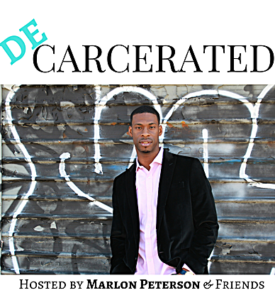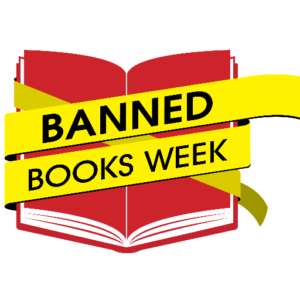Remember When We Used To Have A Respectable President?
 Trump hasn’t even been president for a year and it already feels like he has been there for 10 years. Whether he is attacking Gold Star widows or speaking with the “president” of the Virgin Islands, I have had enough of this man’s ignorance, pettiness, and incompetence.
Trump hasn’t even been president for a year and it already feels like he has been there for 10 years. Whether he is attacking Gold Star widows or speaking with the “president” of the Virgin Islands, I have had enough of this man’s ignorance, pettiness, and incompetence.
This time last year, we had a respectable, decent, and smart man named Barack Obama as our president. When you listen to Obama and then Trump, you quickly realize which one is the grown up in the room. Even war criminal George W. Bush looks like a more sympathetic person than Trump at this point.
From where to where have we gone?


